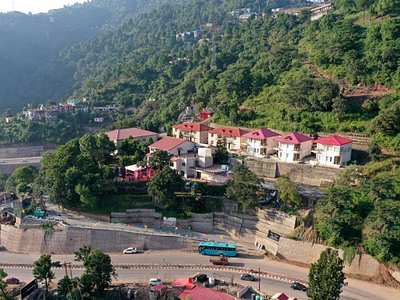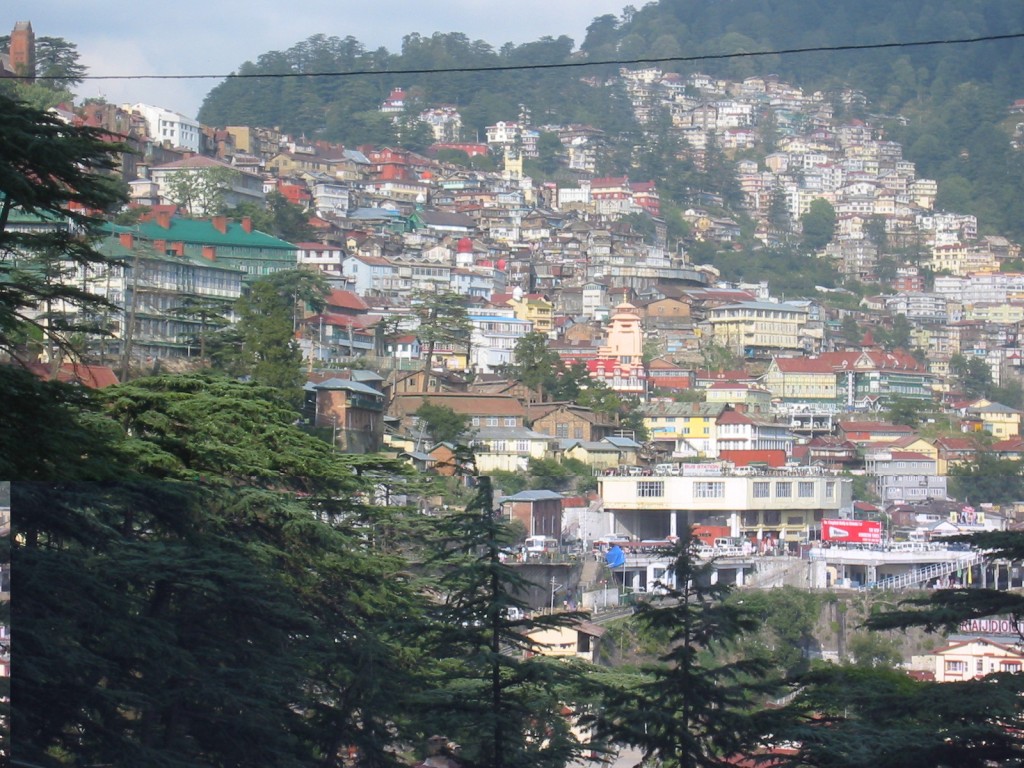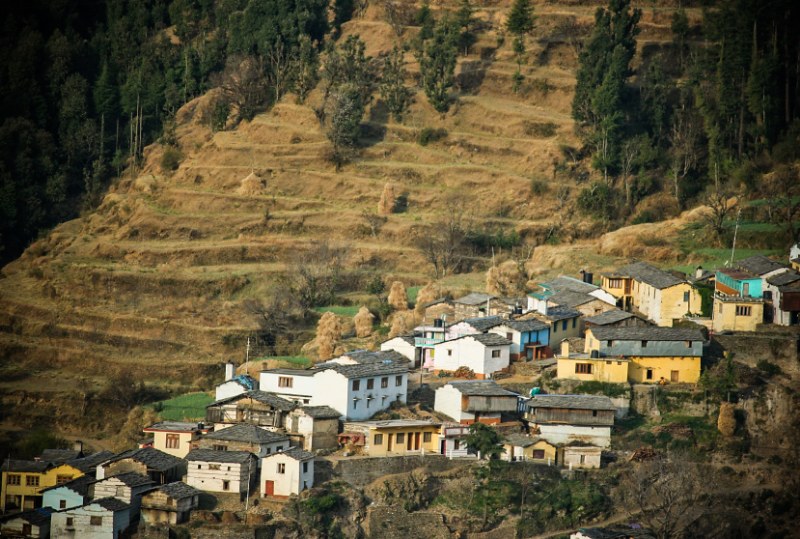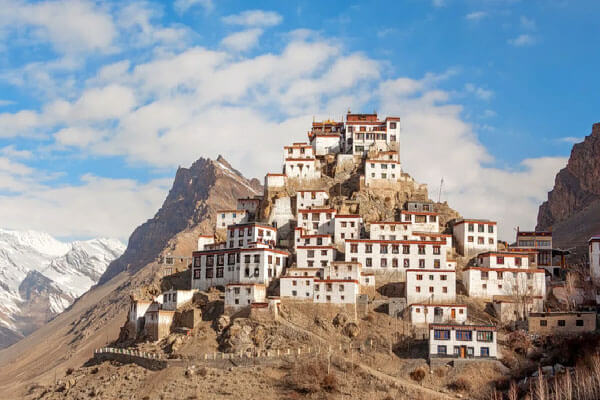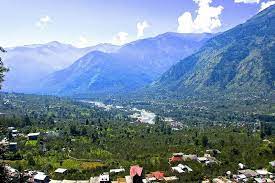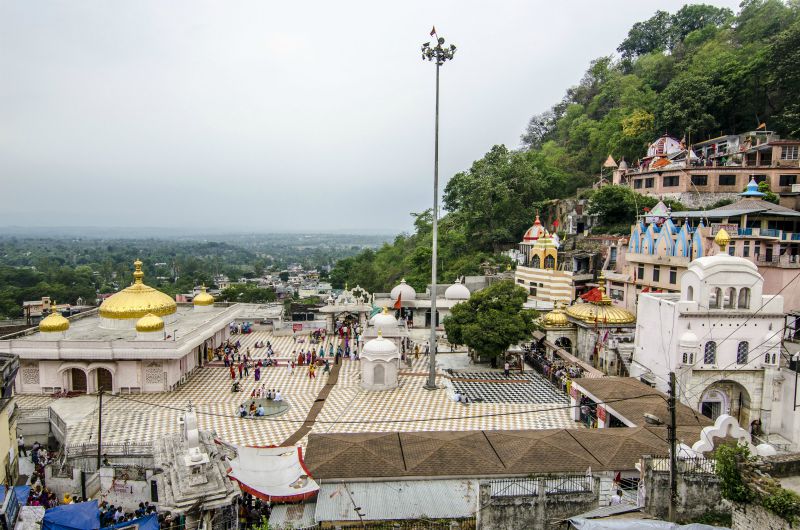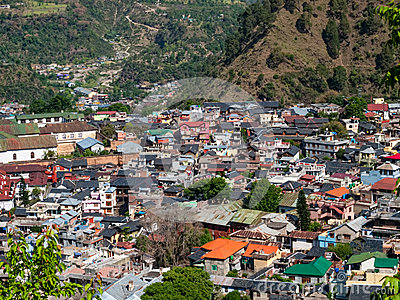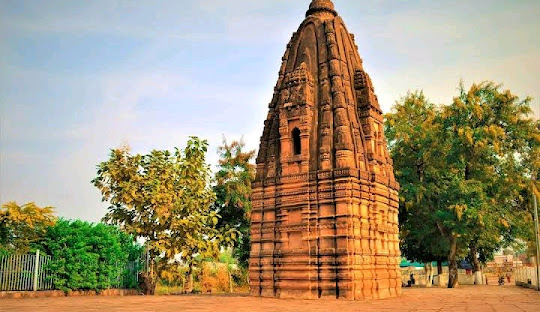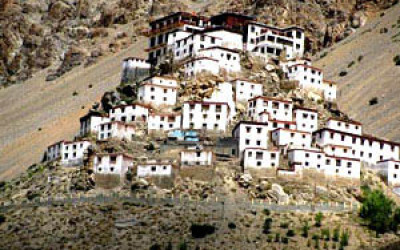Most famous Events in Himachal Pradesh
The hilly scenery of Himachal Pradesh, at the foothills of the Himalayas, is created up of a sequence of valleys and snowfall-protected mountains. Himachal Pradesh is by divine intention desired by experienced fans. On the other hand, Himachal Pradesh provides a relaxing evade for those who want sharp mountain air. An area of Himachal Pradesh is a management regional device, advanced by a Deputy Commissioner or District Justice of the Peace, an official from the Native Indian Administrative Support. The area magistrate or the deputy commissioner is assisted by several authorities that are part of Himachal Administrative Support and other Himachal condition solutions.
A Superintendent of Cops, an official from the Native Indian Cops Support is commissioned with the liability of keeping law and order and relevant problems in the area. He is assisted by the authorities of the Himachal Cops Support and other Himachal Cops authorities.
A Deputy Conservator of Jungles, an official from the Native Indian Woodlands Support is accountable for handling the Jungles, atmosphere, and wildlife-relevant problems of the area. He is assisted by the authorities of the Himachal Woodlands Support and other Himachal Woodlands authorities and Himachal Wild-Life authorities.
Sectoral growth is taken care of by the area head of each growth division such as PWD, Health, Knowledge, Farming, Creature husbandry, etc. These authorities are part of the various State Services.
Himachal Pradesh has 12 Districts:
- Bilaspur
- Chamba
- Hamirpur
- Kangra
- Kinnaur
- Kullu
- Lahaul-Spiti
- Mandi
- Shimla
- Sirmaur
- Solan
- Una.
Himachal Guide
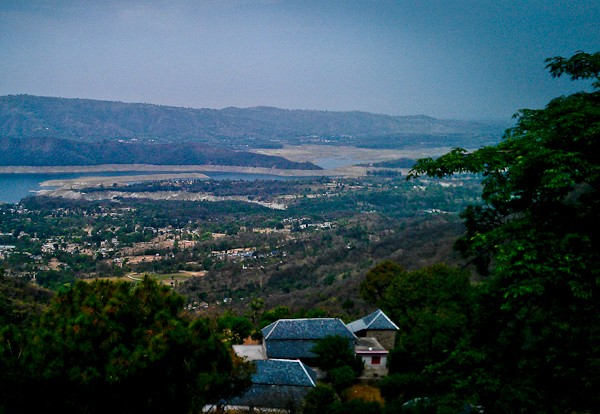
Bilaspur District
Chamba District
Chamba is the northwestern area of Himachal Pradesh, in Native indian, with its head office in Chamba town. The cities of Dalhousie and Khajjhiar are popular mountain channels and holiday destinations for the people from the flatlands of northern Native indian. Chamba is the only condition in northern Native indian to protect a well-documented record from circa 500 A.D. Its high mountain varies have given it a protected place and assisted in protecting its hundreds of years old artifacts and numerous identities.
The wats or temples constructed by rajas of Chamba more than several decades ago keep be under praise and the place grant-deeds implemented on birdwatcher dishes by them keep be legitimate under the law.
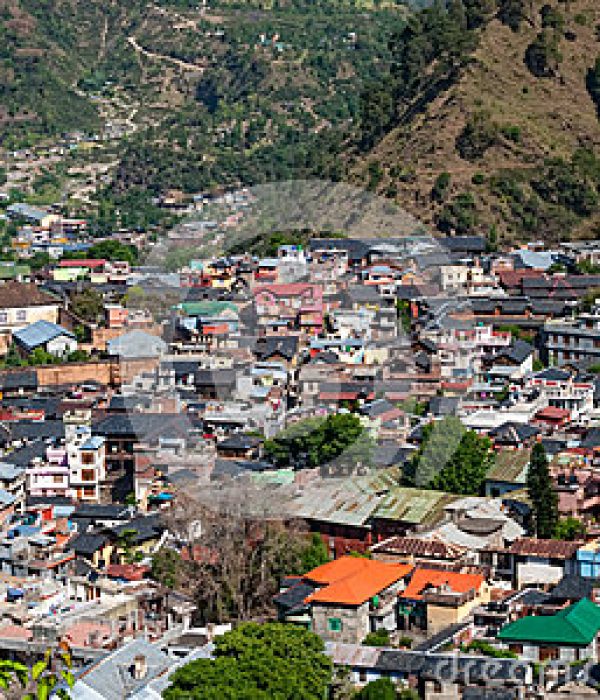
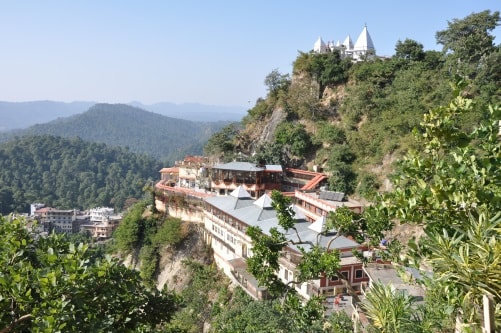
Hamirpur district
Kangra District
The Kangra District of Himachal Pradesh is located in the European Himalayas between 31°2 to 32°5 N and 75° to 77°45 E. The area has a regional place of 5,739 km. which comprises 10.31% of the regional place of the State. According to 2001 demographics, the people in this country of the area was 1,339,030, which is the biggest in the condition. The level of the area varies from 427 to 6401m above mean sea level, with the smallest being in the flatlands places surrounding the Gurdaspur area of Punjab in the western and Una and Hamirpur districts of H.P to the southern while the biggest being among the Dhauladhar mountain range which types the boundary with Chamba and Kullu districts. The area has significant variety in its dirt, physiography, place use styles and farming systems. On the reasons for these, the area has further been separated into five sub-regions i.e. Pir Panjal, Dhauladhar, Kangra Shiwalik, Kangra Area and Beas Sink.
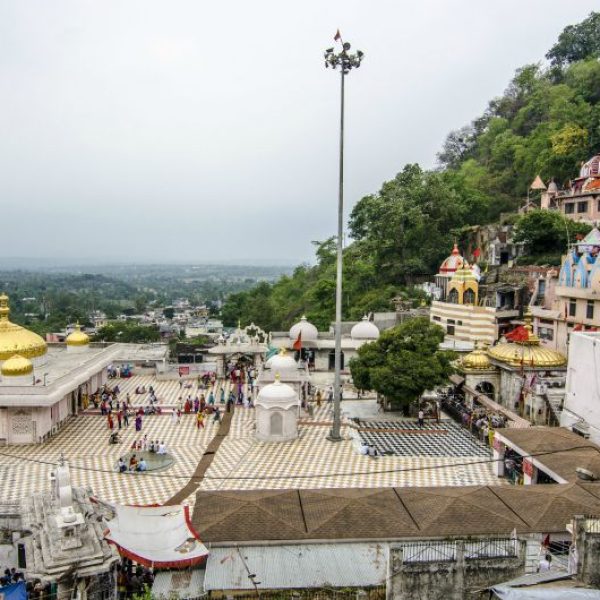
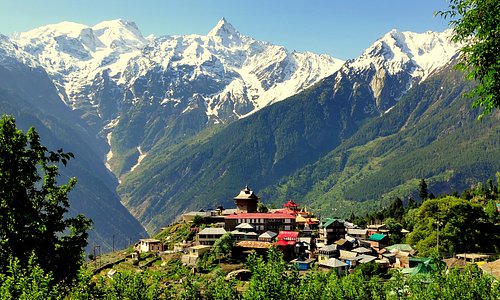
Kinnaur District
Kullu District
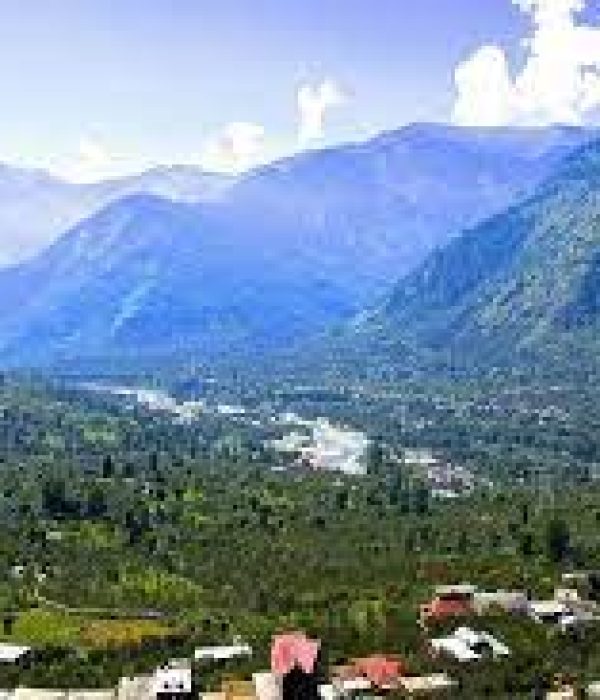
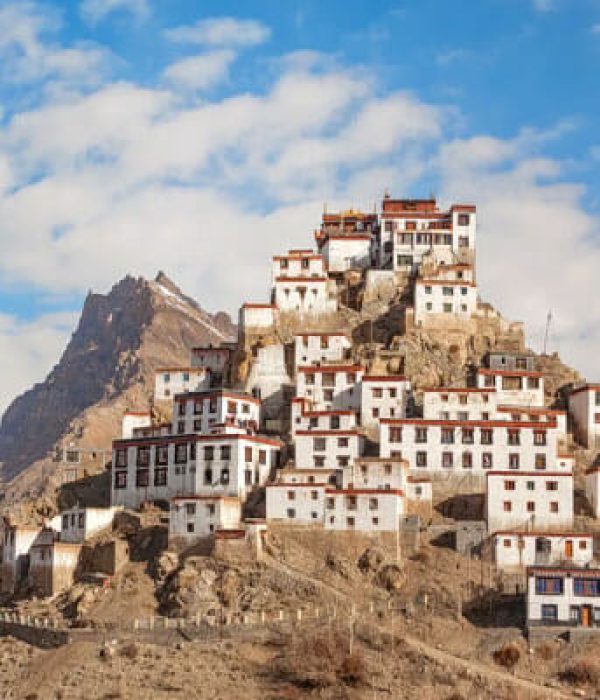
Lahaul And Spiti District
The area of Lahaul-Spiti in the Native indian condition of Himachal Pradesh contains the two formerly individual districts of Lahaul and Spiti. The existing management center is Keylong in Lahaul. Before the two districts were combined, Kardang was the investment of Lahaul, and Dhankar the investment of Spiti. The area was established in 1960. Kunzum la or the Kunzum Successfully pass (altitude 4,551 m; 14,931 ft) is the entry pass to the Spiti Area from Lahaul.
It is 21 km from Chandra Tal.[1] This area is linked with Manali through the Rohtang Successfully pass. To the southern, Spiti finishes 24 km from Tabo, at the Sumdo where the street goes into Kinnaur and connects with Nationwide Road No. 22. The two valleys are quite different in personality. Spiti is more dry and difficult to combination, with a normal level of the valley ground of 4,270 m (14,009 ft). It is surrounded between substantial varies, with the Spiti river hurrying out of a stuff in the south east to fulfill the Sutlej Stream. It is a common mountain wasteland place with a normal yearly rain fall of only 170 mm (6.7 inches).
Mandi District
Mandi area is one of the primary districts of Himachal Pradesh condition in northern Native indian. Mandi town is the head office of Mandi area. The town has legendary and traditional importance and features of a unique forehead structure. It is generally known as Chhota Kashi as there are many traditional wats or temples in the town and on the financial institutions of river Beas. The Beas moves through the town and mountains, which makes this town more picturesque.
It has a peaceful atmosphere though the modern growth has created its inroads here in infrastructural improvements.
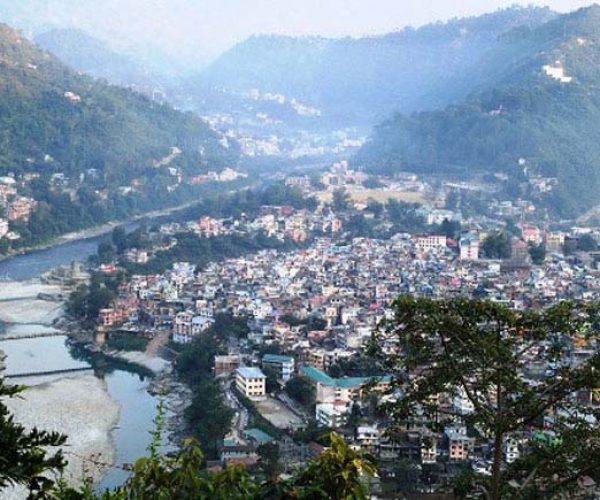
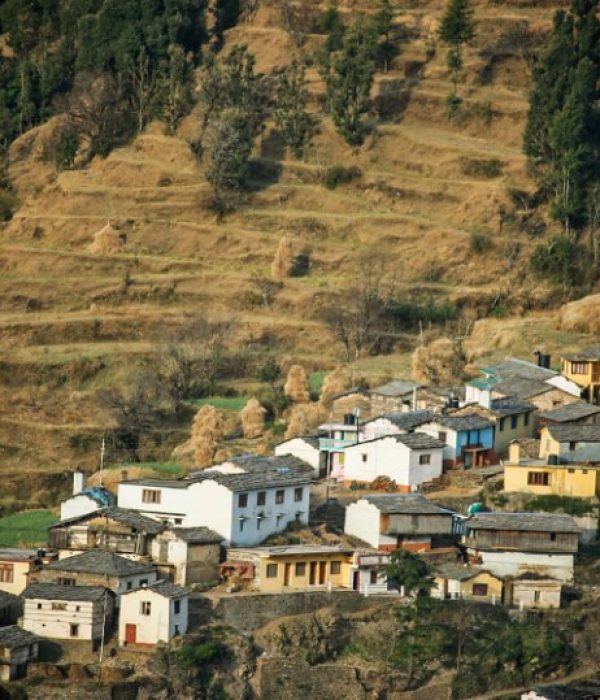
Sirmaur District
Sirmour is the most south-eastern area of Himachal Pradesh, Native indian. It is mostly hilly and non-urban, with 90% of its inhabitants living in towns. It contains the cities of Nahan (its capital), as well as the Shivalik Non-renewable Recreation area at Suketi, where past of over 85 million decades of age have been found. There are six tehsils in this area, namely Nahan, Renuka, Shillai, Rajgarh, Pachhad and Paonta Sahib.Agriculture is the central source of economic system here. Farm owners of Sirmour generate spud and cinnamon.
Sirmour is also known for its high quality of the apple company that comes from the Rajgarh area which is also known as the Peach Dish. Sirmour is known for increasing plenty of fruits and vegetables every year. Dhaula Kuan near Paonta Sahib is known for its Government managed fruits research center. Sirmour area is considerably capable of increasing both Apple and Mangos on its place. Tomato is also becoming choice for farmers these days. Town Lana-cheta is known for its rich place and farmers here develop grain as first option.
Solan District
